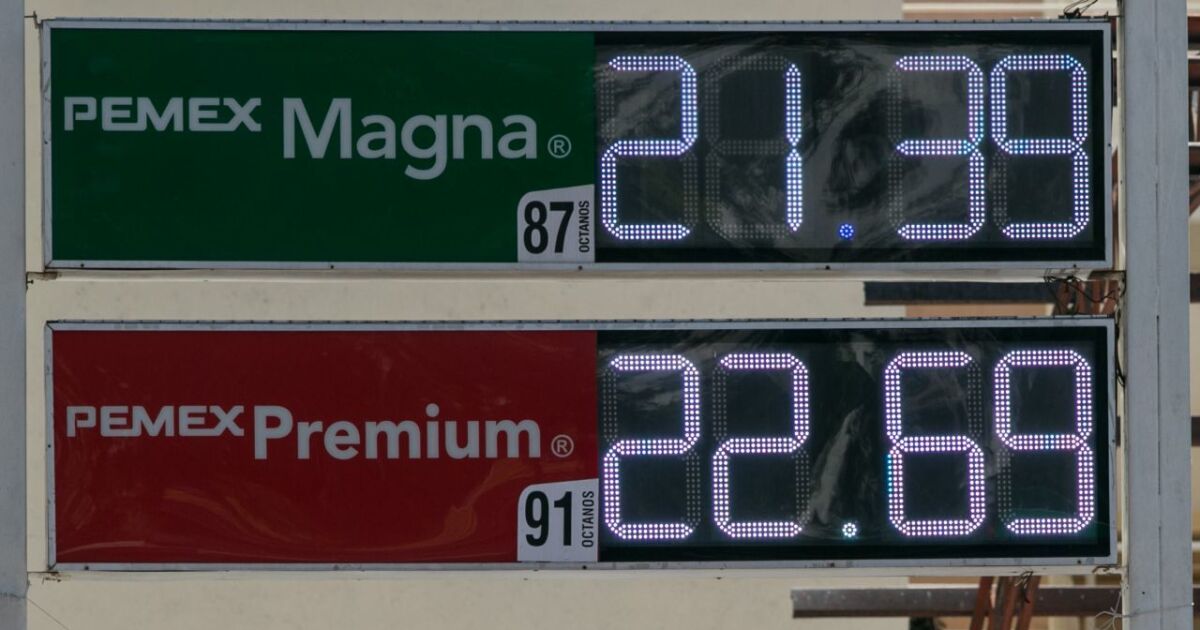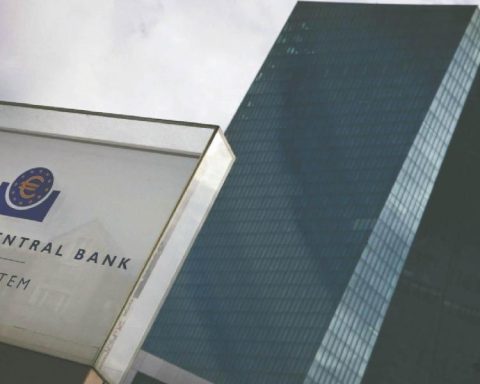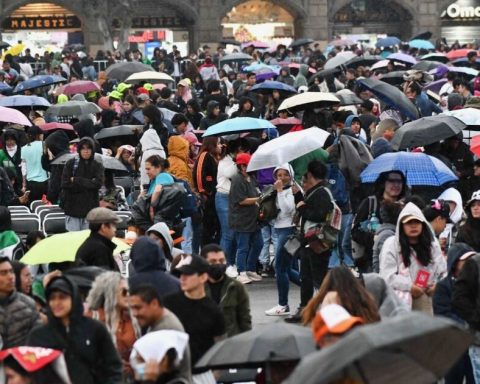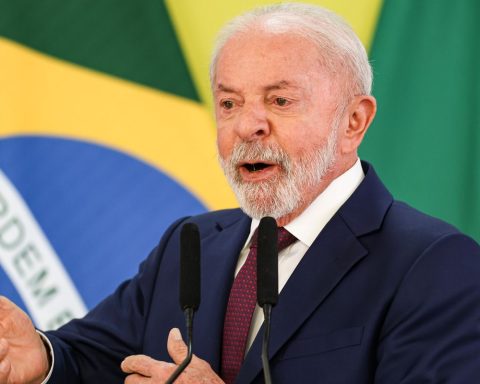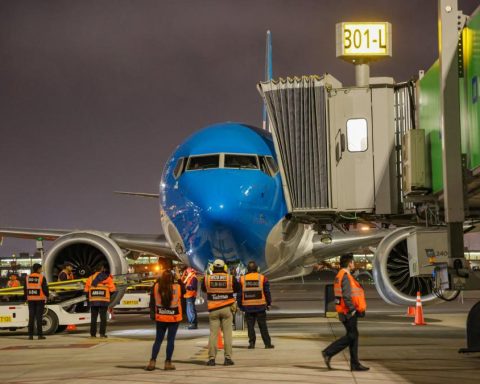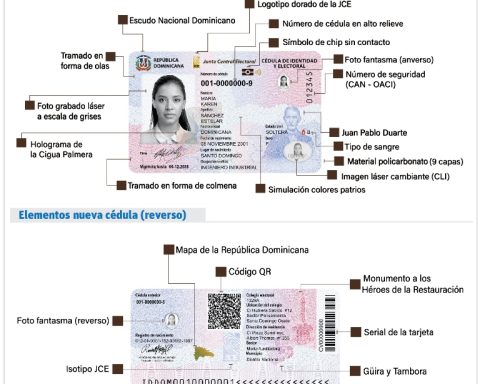“If the price of oil remains above 100 dollars per barrel, the fiscal stimulus would increase beyond the higher oil revenue, which would lead to fiscal decisions at the time to maintain the fiscal stimulus, such as the reduction of other expenses. , or incurring in a greater fiscal deficit, or very probably it is also using financial resources that the government has, for example, in the funds or in the Treasury, to cover the possible fiscal gap,” he told the media during the Fitch on Mexico 2022 forum.
On Monday, the Ministry of Finance presented its report on public finances at the end of April, the figures show that the missing income from gasoline subsidies (programmed against collected) was 70,017 million pesos (mdp); however, excess oil revenues were lower; 44,961 million pesos.
“Given the increase in the international oil price, there have been two effects: more revenue from oil and more revenue for Pemex, which reduces the pressure of financial support for the oil company, however, instead of increasing revenue and reducing the fiscal deficit, The government has decided to use this increase in revenue, beyond what was budgeted, for oil, in the fiscal stimulus,” Morales commented.
He explained that to date, this stimulus has helped to ensure that gasoline prices do not increase more than inflation.
“Yes, there has been an improvement in inflation, however, this indicator is still above the target range, and we hope that this year it will remain significantly above the target range,” Morales warned.
Next Friday will be 12 continuous weeks of the 100% subsidy for gasoline by IEPS. Only in April, the collection of the federal IEPS for gasoline was negative by 542 million pesos.
